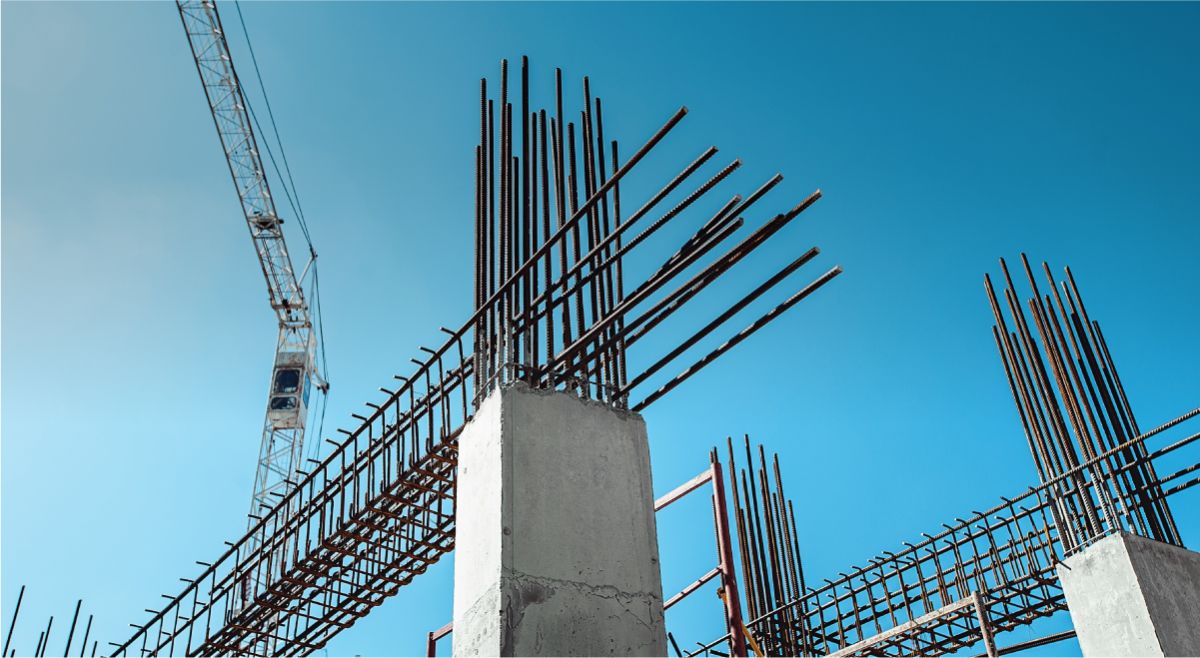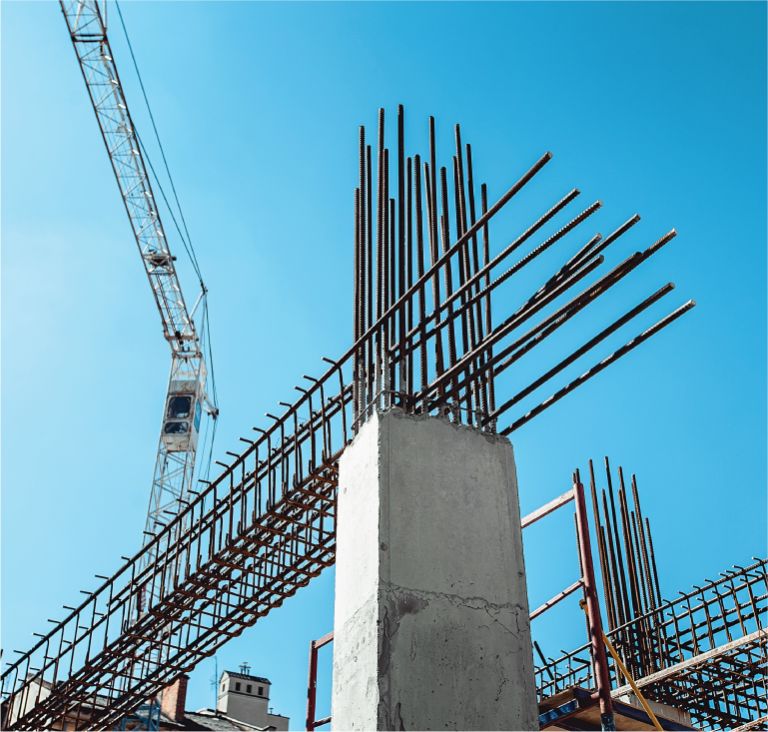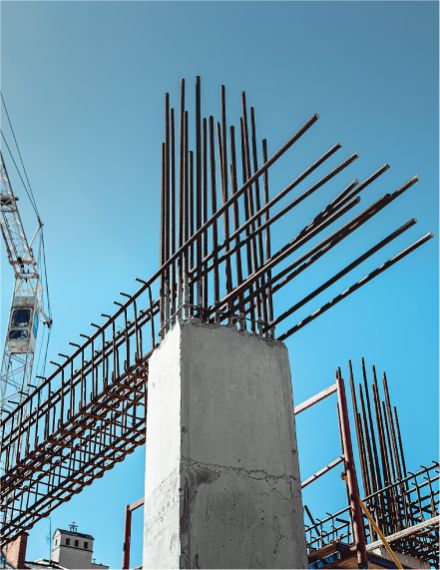The Indian Steel Industry: Strengthening Housing and Construction Sector of India
The continuing growth of GDP in India promises to be beneficial for major steel consuming segments such as construction, housing, capital goods and machinery, consumer goods, automobile and energy sector. The housing and construction sector, where major chunk of steel is consumed, shall get a boost with increase in per capita incomes and government-sponsored social sector schemes promoting Housing for All, Smart Cities, Urban Infrastructure Development and Clean Energy.
Let us see and examine how steel is playing a key role in firming up India’s new-age and fast-growing housing and construction industry:
Fast, efficient, resourceful
Steel’s functional characteristics include exceptional spanning ability, dimensional stability over time, noise dampening abilities, endless recyclability and most critically, the speed and precision in which it is manufactured and assembled on site with minimal on-site labour. As components are pre-manufactured off site with minimal on-site labour, steel can be assembled quickly and efficiently in all seasons. These clear the way for considerable resource efficiencies, accelerated project schedules, reduced site management costs and all the economic benefits accruing from this besides enjoying earlier return on investment.
The precise specification of fire protection requirements of steel-framed buildings means significant reductions in requisite fire protection. In view of the demand for disaster-resilient buildings, steel also happens to be the material of choice for design in quake-prone regions because it is inherently ductile and flexible. They are designed to support gravity loads and resist lateral loads caused by wind and earthquakes.
Strength, beauty, design freedom
Steel offers more design freedom in colour, texture and shape. Its unparalleled combination of strength, durability, precision, aesthetics and malleability gives architects broader parameters to explore distinctive shapes and textures and develop innovative solutions. Moreover, steel-built structures are often more adaptable, equipped to make way for alterations to be made over time, based on different needs and space usage, thereby extending the utility and lifetime of the structure.
Less columns, more open space
Due to its long spanning ability, steel reduces the need for intermediate columns or load bearing walls. Minimising the number of columns makes it easier to optimise spaces. Its capacity to bend to a certain radius, creating segmented curves or free-form combinations for façades, arches or domes sets it apart.
Steel beam depths are about half the size of timber beams, offering greater usable space, less materials and lower costs compared with other materials. This is particularly relevant for highly space-constrained sites, where steel’s space-saving properties can be the key to overcoming spatial challenges.
Environment-friendly
Steel structures can be significantly lighter than concrete equivalents, requiring less extensive foundations and reducing the environmental impact of the build. Being less and lighter materials also means they are easier to move around, reducing transportation and fuel consumption. Steel can be recycled endlessly without loss of properties and no waste material on site.
Steel is also energy efficient, which means that heat radiates quickly from steel roofing, creating a cooler interior in hot climatic regions. In cold climates, it can contain heat inside with double steel panel walls.
Ref Links




